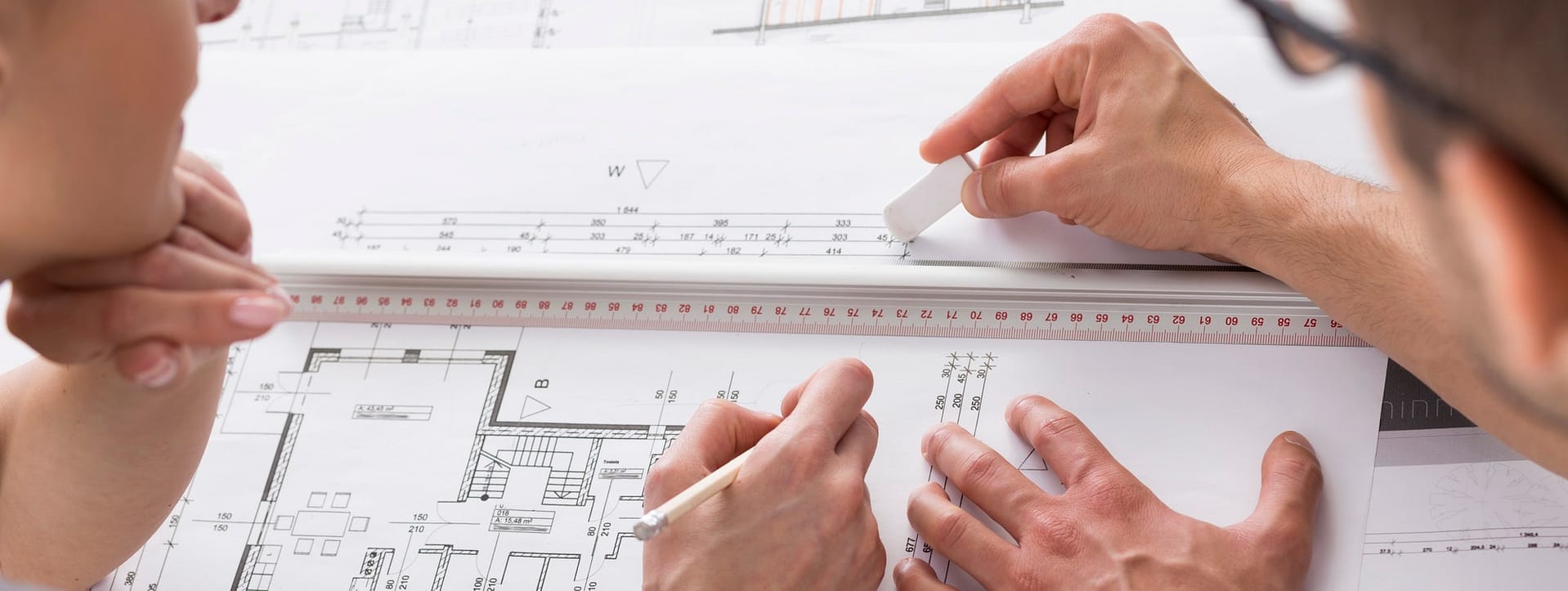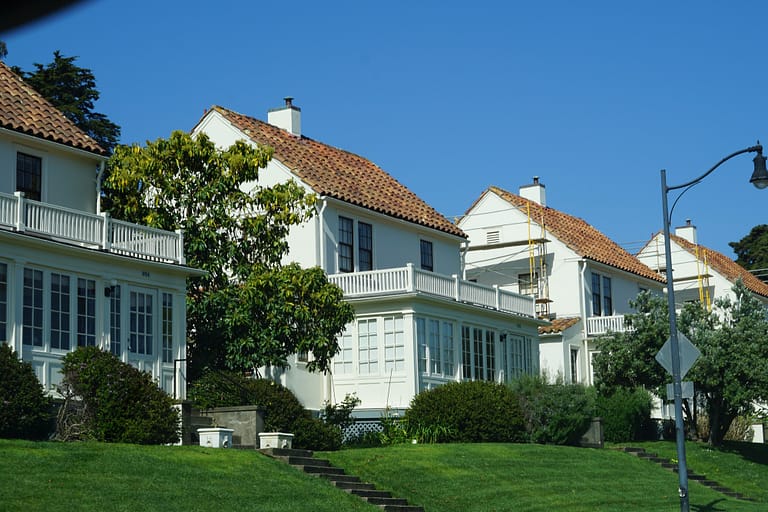The Blueprint: Dallas Historic Home Plans
Step into a world where history blends with modern possibilities.
The Blueprint: Dallas Historic Home Plans offers you a chance to delve into the past while shaping your future. Here, you'll find a wealth of architectural blueprints that pay homage to Dallas's rich heritage.
We provide customized renovation plans, aiming to uphold the essence of the city's iconic homes and enable you to infuse them with new vitality.
Join us on a journey to redefine Dallas's architectural landscape, where freedom and heritage intertwine seamlessly.
Key Takeaways
Explore a world where history meets modern potential. The Blueprint: Dallas Historic Home Plans gives you the opportunity to connect with the past while shaping your future. Discover a variety of architectural blueprints that honor Dallas's rich heritage. We specialize in creating personalized renovation plans that maintain the essence of the city's iconic homes while infusing them with new life. Together, let's redefine Dallas's architectural landscape, seamlessly blending freedom and heritage. Join us on this journey to revitalize Dallas's historic homes.
Dallas's Architectural Styles
When you visit historic neighborhoods in Dallas, you'll see a mix of architectural styles that have influenced the city's unique character. Dallas's architectural evolution reflects its rich cultural significance, blending traditional designs with modern influences.
For example, the Swiss Avenue Historic District features elegant Victorian homes, while the Oak Cliff neighborhood showcases the Spanish colonial revival style. Each architectural style narrates a story of the city's development over time and highlights the creativity and craftsmanship of the builders.
These designs also provide insight into Dallas's cultural diversity. Understanding these architectural styles prevalent in historic neighborhoods helps us appreciate the city's past and present, forming the basis for valuing the historic home blueprints that have endured through time.
Historic Home Blueprints
Dallas's historic home blueprints offer a fascinating look into the city's architectural development, showcasing the intricate details and craftsmanship that have influenced its neighborhoods. These blueprints not only reveal the creativity and cultural diversity that shaped Dallas but also highlight the preservation techniques responsible for maintaining the authenticity of these homes. They also demonstrate how modern updates have been seamlessly integrated for convenience and comfort.
Let's take a closer look at some common preservation techniques and modern updates found in these historic home blueprints.
Preservation Techniques:
- Wood Restoration
- Masonry Repair
- Historical Paint Colors
- Original Fixture Preservation
Modern Updates:
- Energy-Efficient Windows
- Updated Kitchen Layout
- Smart Home Technology
- Open Floor Plans
In addition to preservation techniques and modern updates, these blueprints also showcase different architectural styles that were popular during the time of construction.
Architectural Styles:
- Victorian
- Craftsman
- Mediterranean
- Colonial
Studying these blueprints not only provides insight into the past but also inspires the harmonious blend of historical charm with contemporary living.
Renovation Plans for Historic Homes
When you renovate historic homes in Dallas, it's crucial to blend preservation techniques with modern updates seamlessly. Preserving the original character and charm while meeting modern living needs is a key challenge.
Repairing original features instead of replacing them is a preservation technique that maintains the home's historical integrity. At the same time, addressing issues like outdated electrical wiring, plumbing, and insulation is essential for safety and comfort.
Balancing these preservation techniques with necessary modern updates can be delicate, but it's vital for maintaining the home's historical significance while making it functional for contemporary living.
Tailored Dallas Architecture
When designing custom architecture for historic homes in Dallas, it's crucial to consider the home's unique historical features and local design influences. Here are some key points to keep in mind:
First, honor the home's history by incorporating original architectural elements and features, such as ornate woodwork or vintage fixtures, into the design. This helps preserve the historical character of the home.
Next, strive to seamlessly integrate modern amenities and technologies while preserving the authentic charm of the historic home. This ensures a harmonious balance between old and new, blending with urban renewal efforts.
Additionally, draw inspiration from the surrounding neighborhood's architectural style and historical significance to create a design that feels rooted in the local context. This will help the home reflect local influences and maintain its historical relevance.
Finally, it's important to tailor the architecture to suit your lifestyle and preferences, ensuring that the design reflects your individuality while respecting the home's heritage.
Preserving Dallas's Heritage
Preserving the heritage of Dallas involves integrating original architectural elements and historical features into your home's design. This pays respectful homage to the city's rich history and adds unique character to your home. It also contributes to preserving Dallas's cultural identity.
Engaging with the community to learn about the historical significance of your home and neighborhood is crucial. Understanding the stories and traditions tied to your property can help you make more informed decisions about preserving its heritage. Consider organizing community events or workshops to raise awareness about the importance of heritage preservation. Involving your neighbors can foster a sense of collective responsibility for preserving Dallas's rich history.
Embracing the city's heritage in your home design is a powerful way to honor the past while building a vibrant future for Dallas.
Frequently Asked Questions
Are There Any Restrictions or Guidelines for Building New Homes in Historic Neighborhoods in Dallas?
In historic neighborhoods in Dallas, there are specific rules and guidelines to follow when building new homes to maintain their historical character. These guidelines help homeowners make updates while still respecting the preservation standards set for the neighborhood. It's crucial to honor and uphold the history of the area when making any changes. For instance, homeowners may need to use certain materials or architectural styles that align with the neighborhood's historical aesthetics. Adhering to these guidelines ensures that the neighborhood's unique charm and historical significance are preserved for future generations to appreciate.
What Resources Are Available for Homeowners Looking to Maintain the Historical Integrity of Their Homes While Making Necessary Updates?
As a homeowner seeking to maintain the historical integrity of your home while making necessary updates, you can access a variety of valuable resources. These resources offer support in preserving the historical significance of your home while incorporating modern necessities. For instance, you can consult historical preservation experts who specialize in maintaining the original charm of homes while making essential upgrades. Additionally, architectural firms with experience in historical renovations can provide valuable insights and guidance tailored to your specific needs. By leveraging these resources, you can ensure that your home retains its historical essence while meeting contemporary standards.
How Can Homeowners Find Skilled Architects and Contractors With Experience in Working on Historic Homes in Dallas?
When looking for skilled architects and contractors experienced in working on historic homes in Dallas, it's important to start by researching local preservation guidelines. These guidelines can provide valuable insights into the specific requirements and considerations for working on historic properties in the area. Additionally, seeking recommendations from neighbors, historical societies, or local preservation organizations can be beneficial. Visiting homes that the architects and contractors have previously worked on can provide a firsthand look at the quality and style of their work. This step is crucial in ensuring that the professionals have the necessary expertise and experience to handle the unique challenges associated with historic home renovations.
Are There Any Financial Incentives or Tax Breaks Available for Homeowners Who Undertake Renovations on Their Historic Homes?
If you're renovating a historic home, you may be eligible for financial incentives such as preservation grants and tax breaks. These incentives not only provide support for your project but also help in preserving the rich history of your home. For example, the Federal Historic Preservation Tax Incentives program offers a 20% income tax credit for the rehabilitation of historic, income-producing buildings. This can significantly offset the costs of renovation. By taking advantage of these incentives, you can both enhance your home and contribute to the preservation of its historical significance.
What Steps Can Homeowners Take to Ensure Their Renovations Are in Line With the Historical Character of Their Neighborhood?
When renovating your home, it's important to ensure that the changes you make fit with the historical character of your neighborhood. This means considering the preservation of historical elements and maintaining the architectural integrity of your property. By doing so, you contribute to the overall charm and unique identity of your historic home. To achieve this, you can consider using materials and designs that were common during the era when your home was built. For example, if your neighborhood features a lot of Victorian-style homes, you might choose ornate trim work and decorative details that are consistent with that architectural period. Additionally, consulting with local historical preservation organizations or experts can provide valuable guidance on how to approach your renovations in a historically appropriate way.







